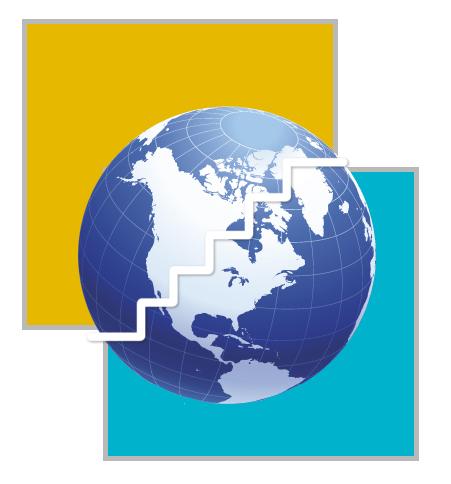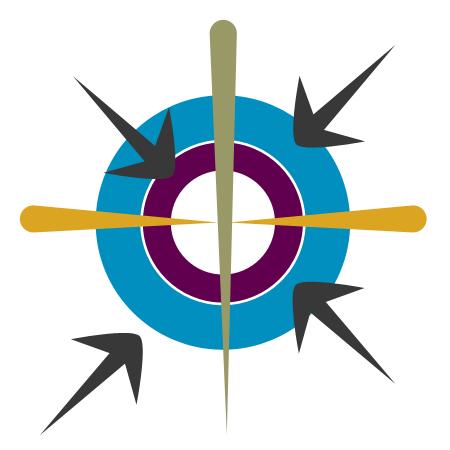MEDIA
Restructuring India-Pakistan Relations Excerpts from �€˜The Final Settlement�€™, a report published by Strategic Foresight Group IrrationalityThe rivalry between India and Pakistan is proving increasingly expensive for both the countries. The cost is not only to be measured in terms of military expenditure, but also on the basis of varied parameters such as discounting of GDP growth, terror-economy growth, negative transformation of institutions, politicide , diplomatic losses, education costs, value deficit, and most importantly, human lives.Some costs are directly associated with hostility between the two countries. Some costs may appear to be indirect. Some costs constitute a small but critical component of a larger picture. For instance, India has the potential to raise its GDP growth rate from 7 per cent to over 10 per cent. A friendly India-Pakistan relationship is just one of the many factors required for such an increase. But because of its inter-dependence with other factors, it contributes to over 3 per cent deficit in India's potential growth rate. Similarly, Pakistan is in the group of extremist religious forces and terrorist groups and India is only one of the many factors in determining the future of terrorism in Pakistan. But because of its interdependence with other factors, it adds to Pakistan's social costs. Economic, diplomatic and Socio-political CostsIndia granted the Most Favoured nation status to Pakistan in 1995-96. Pakistan has refused to reciprocate. Except for nine years between 1965-74, India-Pakistan trade has been uninterrupted and the volumes of official trade have been negligible. India-Pakistan bilateral trade amounts to only about one per cent of their respective global trade. However, the volume of third country and illegal trade indicates the tremendous potential for bilateral trade between the two countries. Prospects for bilateral India-Pakistan trade could be to the tune of $3-4 billion in a favouable environment and nearly $5 billion under SAFTA.Conflictual relations have hampered the possibility of crating trade transit rights and pipeline projects. Lack of trade transit rights prevents both the countries from exploiting other geographically closer markets in the region. This also negates possible India-Pakistan joint pipeline projects to tap the major gas deposits of the Persian Gulf and Central Asia. India is thus forced to import natural gas through other expansive options, whereas Pakistan loses an opportunity to earn more than $500 million per year in transit fees. India and Pakistan account for approximately 80 per cent of the GDP of SAARC countries. A conflictual relation between its two largest member states had hindered the progress of SAARC. An agreement on South Asian Free Trade Agreement (SAFTA) was reached at the Islamabad SAARC Summit in January 2004; however, implementation of SAFTA can be severely hampered if the two nation go back to their warring ways. Since independence, India and Pakistan have looked at the world through the prism of the other. This has affected not just their mutual relationship but also their relations with other countries. Both countries have rigid, counter productive policies vis-avis each other, and mutually exclusive policies when dealing with third countries. Bilateral diplomatic ties between the two countries reflect the border situation between them. The necessary treatment of the diplomats, itself indicates that even diplomats are not spared from the web of antagonism. Diplomats of both the countries have often complained about harassment and ill treatment. Diplomatic ousters become a pattern during heightened tensions. Hostility between the two neighbours ha din the past impeded their entry into various regional groups and blocs, such as Shanghai Cooperation Organization. Cumbersome visa procedures and restrictions on movement has ensured minimal people to people contact. Severance of transport links on many occasions has also caused drop in the number of people travelling across the border. For instance, the stopping of Samjauta Express in the aftermath of the attack on the India Parliament led to a loss in traffic of about 150,273 passengers between January 2002 and December 2003. The media flow across the border is also minimal, though internal access makes up for it to some extent. The most significant cost for Pakistan is the transformation of Pakistan's political and social institutions. Growing military and jihadi influence has reduced the significance of democratic institutions. The military has over the years pervaded every segment of Pakistani society- Industry and commerce, diplomatic services, and civil institutions, not to forget education and health care services. The core of the military business empire is a group of our foundations- Fauji Foundation, Army Welfare Trust. Shaheen Foundation, and Bahria Foundation- Initially set up to help retired service personnel. With assets worth $5 billion, these foundations represent the biggest business and industrial conglomerate in the country and run some of the largest listed companies on the Karachi Stock Exchange. The stake of military in the economy is very high, and it needs to control politics to safeguard its own interests. Accordingly, the Musharraf government created a constitutional role for he army I the form of the National Security Council. Also, the military has become the largest contributor to the bureaucracy in Pakistan, with approximately 1,000 serving or retired military men filling important position s in government institutions and state corporations. The influence of jihadi forces is growing on the Pakistan society, as well as lower grades of army. Various jihadi outfits like Jamat-ud-Dawa are involved in social activities like schooling, free medical treatment and welfare of the poor to expand their reach to wider section of the society. As discussed elsewhere, so far the jihadi forces have been instruments of the military, but in the next 5-10 years, they have the potential to turn dominant and use the military as their tool. For India, the socio-political costs of conflict with Pakistan lie in the spread of terror to various parts of the country, the changing nature of internal ethnic resistance movements, risk of communal flare up, curbing of civil liberties and growth of hard-line political culture in parts of the country. Over the last decade, India has faced more than a dozen major incidents of terror. Since the attack on World Trade Centre, the targets of attacks in India have also been symbolic in nature, from the State Assembly of January and Kashmir, the gateway of India to the Indian Parliament. Mumbai, the commercial capital of India, has been a preferred target over the years. Since January 18, 1993 31 blasts have rocked the city killing more than 300 people. The responsibility for Mumbai blasts was claimed by individuals with no or minimum criminal records or by previously unknown organistions. In early 2003, Lashkar-e-Taiba (LeT) launched Jihad-e-Hind operation, in addition to its Jihadi-e-Kashmir operation, signifying the shift of LeT focus from Kashmir to the rest of India. A lesser form of security and liberty has come to be accepted in both the countries. This is perhaps the greatest cost that the countries for their hostility. |





